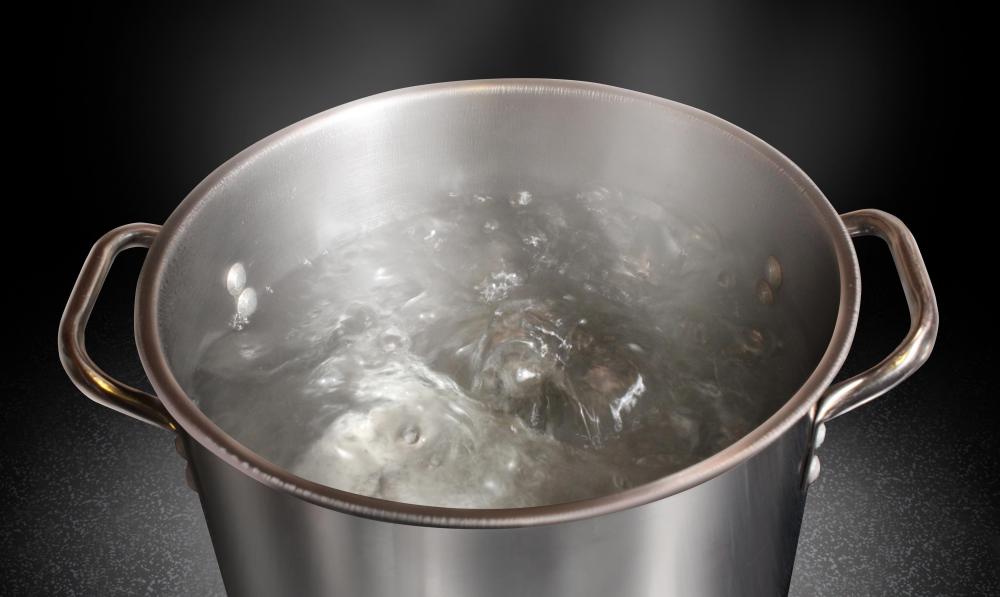At DelightedCooking, we're committed to delivering accurate, trustworthy information. Our expert-authored content is rigorously fact-checked and sourced from credible authorities. Discover how we uphold the highest standards in providing you with reliable knowledge.
How Do I Freeze Celery?
In order to properly freeze celery, you need to take into account the high water content, stringiness of mature plants, and your eventual plans for the vegetable. Celery can be frozen whole or chopped, and you can also blanch it first by briefly placing it into boiling water. Freezing whole celery will typically result in a product that is soggy or mushy after defrosting, though it will often still be suitable for use as an aromatic. Celery that is chopped up and blanched will typically keep much better, though it may be less crisp after defrosting than it was fresh. You can also freeze celery in a broth, dehydrate it, and explore a number of other options that may fit well with your plans.
Celery is a vegetable that contains a large percentage of water, so it does not freeze as well as some other types of produce. There are a few different methods you can use to freeze it, and selecting the best one can depend on how you plan on using it later. If you want to be able to use the celery as an aromatic for a roast or soup, then the method you use is not all that important. Freezing a whole head of celery will typically result in it becoming mushy after you defrost it, but if you plan on discarding it after using it as an aromatic that may not matter.

Another popular way to freeze celery is to cut and blanch it, which is a process that begins with splitting the celery head and removing any fibrous strings that may be present. Young celery is typically better suited to freezing with this method, though it is usually possible to peel most of the strings from more mature plants. The celery should then be cut up and placed in boiling water. Leaving the chopped celery in for about three minutes typically provides the best results, and you should let it cool off before putting it in a freezer. If you can remove the air from the container you freeze the chopped celery in, you will typically see better results.

You can also freeze celery by cooking it into a soup stock first, which may be the option if you are planning on making soup with it anyway. This may still result in a mushier texture than you might like, though that is hard to avoid regardless of the way you choose to freeze celery. If you have a dehydrator, you may want to try using that instead of freezing any celery you are afraid might spoil. Dehydrated celery can be eaten as a snack or rehydrated in soups and other dishes.
AS FEATURED ON:
AS FEATURED ON:













Discuss this Article
Post your comments